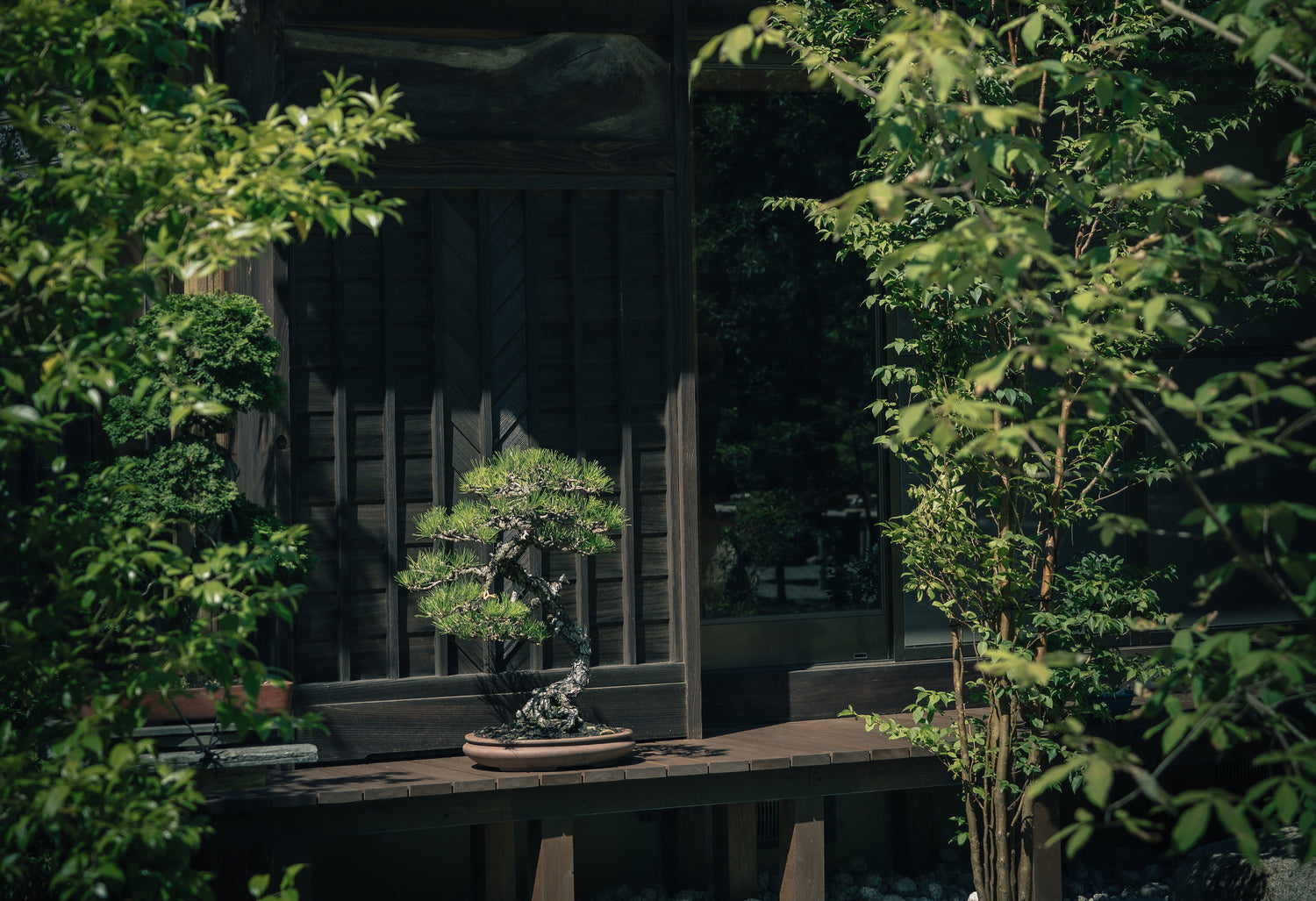Suiseki, also known as "viewing stones," is an ancient Japanese art form that has captivated enthusiasts for centuries. These naturally formed stones, carefully selected for their aesthetic qualities, evoke the beauty of landscapes and inspire contemplation. In this article, we will delve into the intriguing world of Suiseki and its meaningful connection with bonsai.
The Origins of Suiseki
Suiseki, with its origins rooted in ancient China, emerged as an art form cherished by scholars and monks seeking solace and a deeper connection with nature where there was a custom of collecting unusual and aesthetically captivating stones. These stones were admired for evoking emotions and symbolizing more than just their physical forms.
Over time, this practice made its way to Japan, evolving into a refined art form embraced by scholars, collectors, and nature enthusiasts alike. In both Japanese and Chinese traditions, viewing stones hold immense cultural and spiritual significance, believed to encapsulate the very essence of natural landscapes like majestic mountains, flowing rivers, and cascading waterfalls.
Characteristics of Suiseki
A genuine Suiseki possesses specific characteristics that distinguish it from ordinary stones. These include:
- Suggested Shape: Suiseki should suggest a natural scene or object, such as a mountain, animal, or human figure. These implied shapes enhance the stone's allure and encourage imaginative interpretations.
- Texture and Color: The texture and coloration of the stone contribute to its aesthetic appeal. Commonly, a smooth texture and subtle colors are preferred, enhancing the sense of calmness and simplicity.
- Balance and Proportions: A well-balanced Suiseki exudes harmony and stability. Its proportions should be pleasing to the eye and evoke a sense of natural balance.
The Art of Appreciation
By meditating upon a Suiseki, individuals can find a profound sense of peace and harmony within themselves, as they immerse themselves in nature's timeless beauty. Here are some steps to enhance your experience:
- Stillness: Find a quiet and serene space to immerse yourself in the stone's beauty.
- Imagination: Let your imagination roam freely. Explore the stone's features and envision the landscapes it portrays. Allow yourself to get lost in its story.
- Mindful Reflection: Engage in mindful reflection as you contemplate the stone. Embrace the feelings and emotions it evokes within you.
The correlation with Bonsai
The correlation between bonsai and suiseki lies in their shared origins and the harmony they bring to nature-focused displays. In a very real way the advice stated earlier on how to approach viewing suiseki is the same for viewing bonsai. It is stated that the whole universe can be seen in a single pot. In the same way, the whole universe can be seen in a single stone. On a more practical level, for many bonsai enthusiasts with black thumbs, suiseki offer an opportunity to enjoy and contemplate nature in miniature without the demands of watering… unless you have a waterstone…





